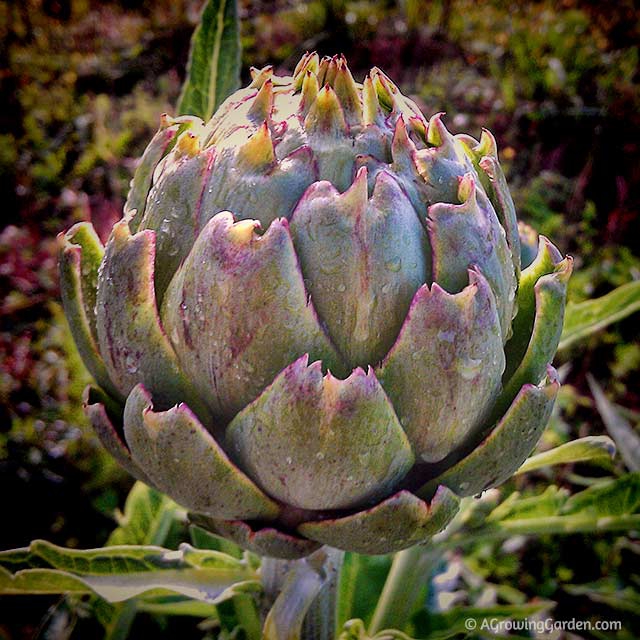
When I first started gardening here in my region of Virginia, I did quite a bit of research on what grows here and what doesn't. After all, it was a slightly different horticultural zone from what I was used to and this is the farthest south I've ever lived. My lazy self was also really hoping I would be able to grow more things as perennials.
Imagine my excitement when I realized I could grow artichokes here ... and as perennials! I had no idea that I could grow artichokes here, or in any other place I've lived for that matter, but it is certainly possible.
Artichokes are pretty much grown commercially in the US only in Northern California. Like so many other things, California seems to have the perfect climate for artichokes. However, they can be grown in lots of other places too, they just might be a bit more high maintenance than they are in California.
In mild winter areas, artichokes can be grown as perennials and will live for up to 6 or more years and in colder areas, artichokes can be grown as annuals or overwintered indoors. So, you see, artichokes really can be grown just about anywhere!
Now, if you are a lazy gardener like me, growing artichokes as annuals may not be your cup of tea. And I understand that completely. But, I think it's worth it to try growing them at least once. They are awfully tasty and they also have amazing looking flowers. And, who knows, with a little extra care you might even be able to get them through the winter and return next year ... and that will make the lazy gardener inside you very happy.
That was exactly my thinking when I decided to give growing artichokes a try. I ordered a packet of green globe artichoke seeds and thought I'd see if I could get them through the winter here. All the while dreaming of harvest baskets full of yummy artichoke buds.
So ... I planted the artichoke seeds.
And they grew into artichoke plants.
And they made it through the winter and came back the next spring.
And I'm swimming in artichokes!
I now have about 50 artichoke plants growing here as perennials. I also collect seeds from the flowers I let go to seed and start some new artichoke plants from seed each year too.
Starting Artichokes from Seed
Artichokes are super easy to start from seed. You need to start them early because the plants will need at least 2 or 3 months to reach a size that can be transplanted into the garden. They are pretty big seeds, so you might want to start them in a larger container than you would for other seeds, but otherwise, just plant like you would any other vegetable seed. Once they get growing, they'll take off quickly as long as they have enough light. I use T5 grow lights when starting seeds indoors and highly recommend using them!
Growing Artichokes
Artichoke seedlings can be planted out in the garden about 3 or 4 weeks before the last frost date. They like fertile soil and it should be well draining too. Keep in mind that mature artichoke plants get pretty big, so be sure to give them the space they need to flourish & grow -- plant them about 5 feet apart from each other if growing as perennials. They are also rather heavy feeders and need 1-2 inches of water each week.
Here's a photo of some of my artichoke plants last year at peak season...
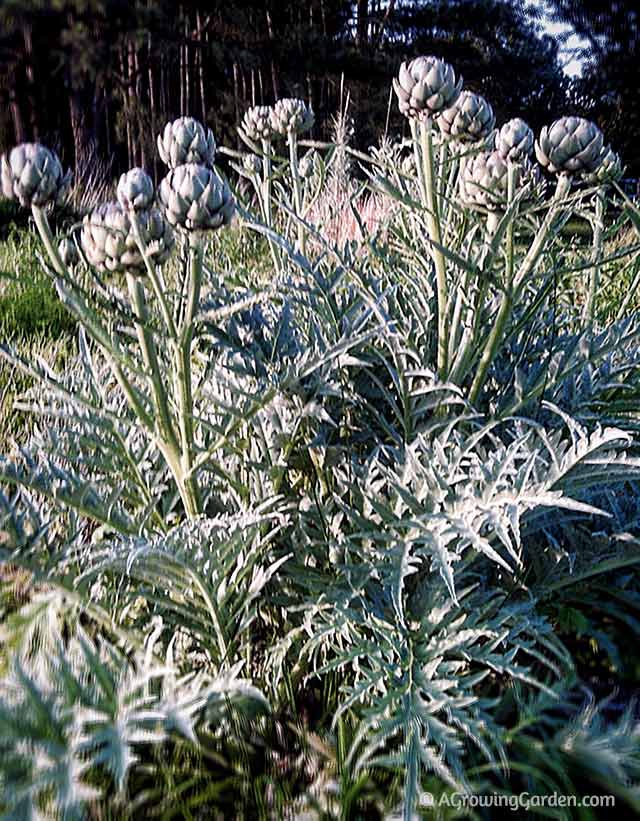
Each artichoke plant can produce several stalks and each artichoke stalk can produce 5 or more buds. The buds should be harvested before their tips start to open - just cut them off of the stalk along with a few inches of the stalk for good measure. They will keep in the refrigerator for about a week - but are best eaten immediately after harvesting.
If you miss harvesting some buds, you can leave them on the plant and they will turn into the most amazing purple flower and then (hopefully) will produce seeds for you to collect and grow next year. Just look at that amazing artichoke flower!
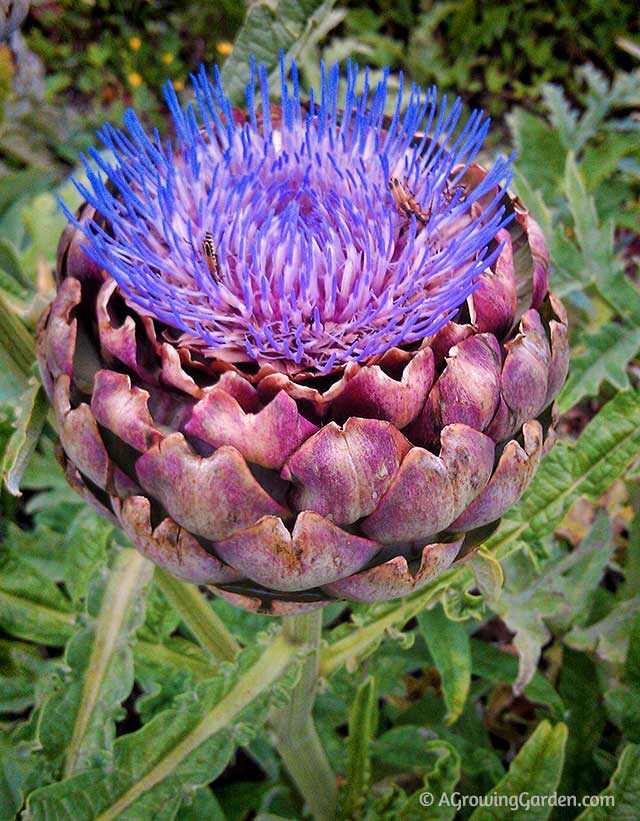
Once the plants have been hit by a hard frost, you can cut the plant back to the ground. Mulching heavily should help to get them through the winter. You can also cover them with thick leaves and place an upside down harvest basket over the leaves and artichoke plant to help insulate it through the winter months. Then, just uncover it in the spring and keep your fingers crossed that it comes back! People living in really cold areas can also dig up the artichoke plants in the fall and store in moist sand in a root cellar over winter and then replant them in the garden the next spring.
I hope you all give artichokes a try in your garden ... they are easy to grow and definitely worth trying!





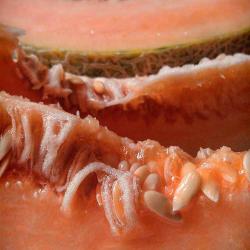
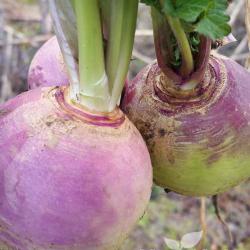
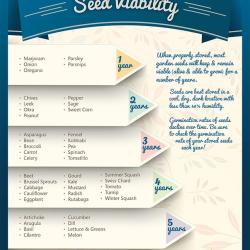




Join the Conversation!